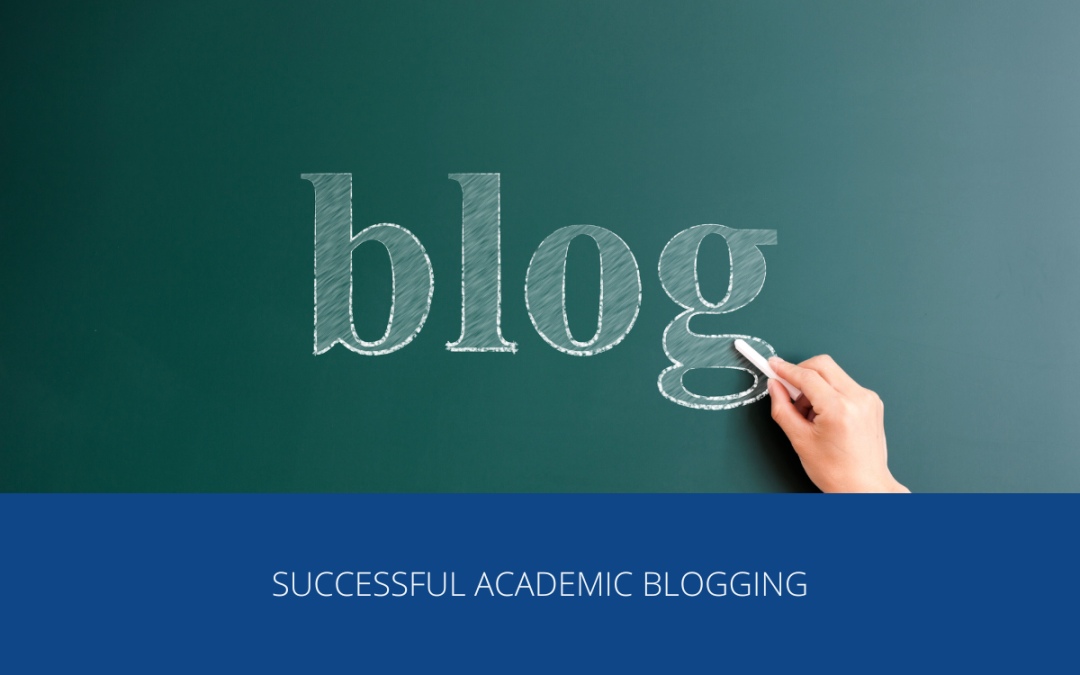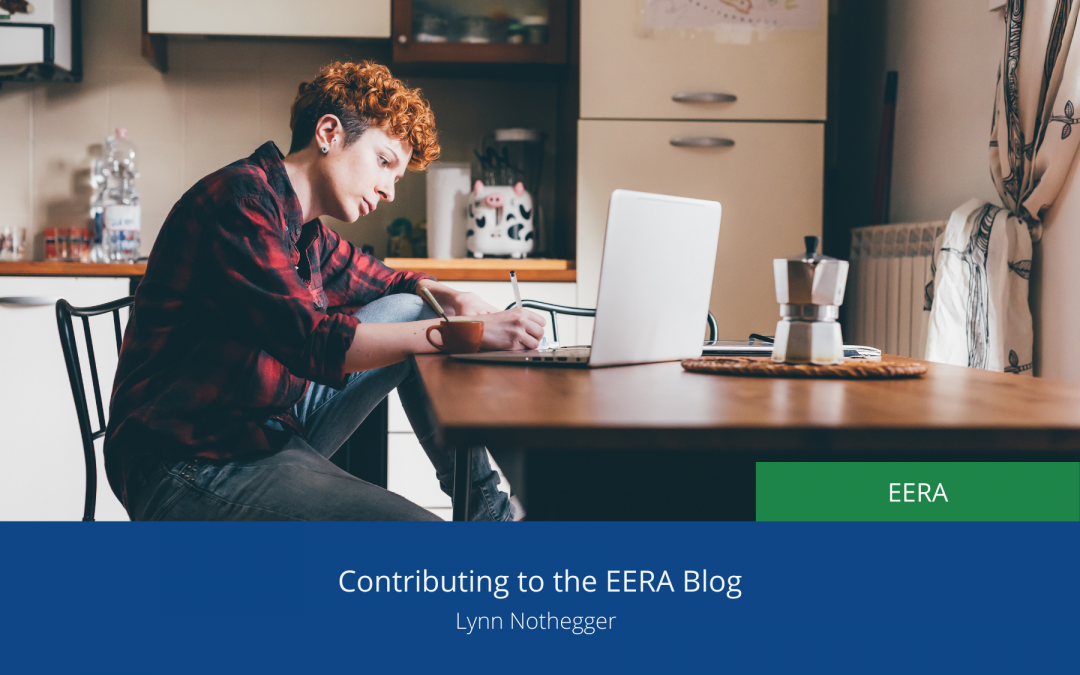
Successful academic blogging – or how to publish on the EERA Blog
If you’ve got an idea for a blog post, but you are new to academic blogging, we’d like to help. We have collected some tips to help you successfully pitch and publish a post on the EERA blog. Some of these tips are specific to the EERA blog but others will help you pitch to other academic blogs.
When we started the EERA blog, one of the goals was to encourage educational researchers to share their work. As
Whether you are pitching to the EERA blog, or to another publication, start by reading the submission and editorial guidelines. You’ll find information on the types of content accepted, and advice on writing style, alongside instructions on how to pitch. Every publication has a specific tone and it can help to read some of the published posts to find out, e.g., how formal your writing should be.
You can find our Submission Guidelines and Editorial Guidelines here.
Hook your readers from the start

You only have a few moments to convince the reader that they should keep reading. The (not too long!) headline and first paragraph should present a concise overview of your argument.
Your reader might know nothing about the topic you are presenting to them. They need to see the big picture before they can zoom in on the brush strokes. If you jump right into the topic, you risk losing them because they don’t understand the context. Remember, the EERA blog is aimed at anyone who is interested in educational research, but not all of our readers are academics. So they might need concepts explained that you think of as self-explanatory. If the reader needs background information to understand the context, add a quick explainer or provide links to other sources.
Another great way to grab the reader’s attention is to start your blog post with an anecdote. Relate to the reader’s lives in some way. Make them feel that this blog post is relevant to them, their work, or their family. You can (and should!) back up this anecdote with data but starting with a story helps readers relate to the topic.
What do we mean by ‘friendly academic’ tone?

I know I mention this a lot, but it’s important to us that blog posts are what we call ‘friendly academic’. We don’t want you to feel like you have to dumb down your writing, as that could be patronising to our intelligent, informed readers. But not all of our readers are in academia or the field of education.
The EERA blog is targeted at everyone who is interested in education, whether as a researcher, teacher, student, parent, or policymaker. Blog posts that are overly academic in tone can be intimidating or confusing for those who aren’t used to sentence constructions such as ‘In this article, we will demonstrate…’.
A good tip is to imagine explaining your work to a friend or family member who isn’t in the educational research world. You wouldn’t start that conversation by explaining what you were doing to demonstrate, would you?
Engage critically with your topic

Your blog should do more than summarise facts and describe key points. Don’t just scratch the surface of the topic. Go deep.
We want blog posts that engage critically with the topic. We are not compiling a glossary of educational concepts. As a blog about educational research, we want to challenge readers and make them think about the content of the blog post. We want to leave an impression.
Ideally, our readers should spend the rest of their day thinking about what they read, considering their position on the issue, and formulating a response – even if they only share it with their friends and not with us!
Does your blog post do this? Do you raise questions in your reader’s mind? Do you make your reader reconsider their previously held opinion?
Be concise and confident

Ok, so we are a bit contradictory here because we are asking you to be concise but also to go into detail and provide depth. And do all of this within the framework of 700 – 1000 words! But you’d be amazed how many words and sentences you can cut out from your blog post.
As an academic, you are used to using ‘hedging language’ (also known as cautious language or vague language) but when blogging for a more general audience, this can come across as lacking in confidence. Think carefully about when to use this kind of language.
“There will be times when your readers will want to see that you are happy to stand by your ideas and statements; too much hedging will only make it seem as if you are writing without any conviction. And why should they have any belief in what you write if it appears that you do not?”
Hedging language is a topic that is worth a whole other blog post. I interviewed our Editorial Board and heard a range of views on the use of cautious language, but generally, we do appreciate it when an author takes a position.
Another way of cutting your word count is to get rid of ‘stuffing’, as Katherine Firth calls these extra words or phrases that aren’t necessary. Katherine also offers these excellent 10 tips for more concise writing, such as using the active voice rather than the passive.
Offer readers insight, not advertising

The EERA blog isn’t a space for researchers to promote or advertise their work directly. Of course, we all know that getting your blog post in front of readers who are interested in educational research will be beneficial. But we don’t want the blog to be a mere vehicle for academics to promote their papers. And we think you’ll agree that you wouldn’t want to read such a blog.
Yes, present your work, but in a way that gives the reader insight into the topic. Think about these questions:
-
- Why should the reader care about this topic or issue?
- What will they learn from your blog post?
- What new insight will they gain that they wouldn’t get elsewhere?
- Where can they go next if they want to learn more?
- What do you hope people will do/think after reading your post?
Focus on the content and research you are presenting and provide a link to your publications as a ‘bonus’. If you’ve presented your research in an interesting and informative way, then readers will want to know more about your work.
What’s next?
We appreciate that it can be daunting to pitch a blog post, especially if English isn’t your first language. That’s why we have a robust editorial process to guide you through, from pitch to published post. We provide helpful feedback, both from our Editorial Team on the content of your post, and from me as your editor, on writing style, grammar, and how the post is structured.
We hope this will help you start academic blogging with confidence. If you have any questions, reach out to us. We are passionate about encouraging researchers to share their work, particularly early career researchers, and look forward to receiving your pitch.

Lynn Nothegger
EERA Blog Editor
Lynn is a writer and blogger, with experience living and working in several European countries. Currently based in Germany, she is responsible for managing the EERA blog, processing blog submissions, and liaising with the Editorial Team.

